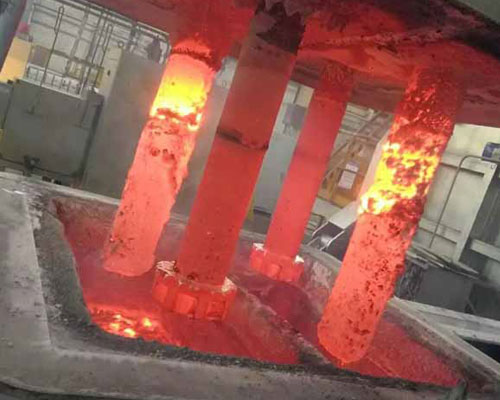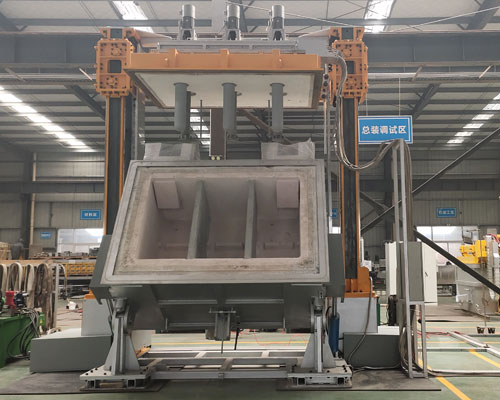As the demand for non-ferrous metal castings (especially aluminum and aluminum alloy castings) continues to grow, the pressure of foundries to improve casting quality is also increasing. As the technical specifications for most industrial applications, including construction, engineering, transportation, and It is aerospace and automobiles whose usage has increased rapidly in recent years. In order to remove impurities from the melt to provide cleaner, better quality metal, one of the most common and effective cleaning methods used by foundries is rotary degassing for casting.
There are two main types of impurities found in molten aluminum: dissolved hydrogen and solid non-metallic inclusions.
As the metal cools, the dissolved hydrogen escapes from the solution and forms harmful pores. This porosity and non-metallic solid inclusions reduce the strength and adversely affect the final performance of castings made of aluminum.
This reaction leads to the formation of oxide scales on the surface of the molten metal during the melting process and subsequent molten metal transfer. The oxides produced are trapped in most of the molten material and then transferred to the finished casting. Other non-metallic inclusions, such as carbides, nitrides or borides, can come from sources such as crucible materials or other refractory materials.
Any inclusions produced will cause structural defects in the casting, which will adversely affect the mechanical properties, and will also cause processing difficulties and may damage the machine tool.
Therefore, the dissolved hydrogen and non-metallic inclusions must be removed from the molten metal before casting to achieve the best quality.
As the global demand for tonnage and quality of aluminum castings increases, the industry becomes more globalized, and the competition among foundries becomes increasingly fierce. Foundries must run the most efficient and cost-effective processes in order to provide competitively priced castings.

Rotary degassing for casting is used to clean the metal and involves the physical process of using an inert gas flux. It is recommended to degas aluminum for dry nitrogen or argon. The hydrogen dissolved in the molten material diffuses into the rising bubbles of the flux gas and is transported to the surface of the molten material. Oxide and other non-metallic inclusions are mainly removed by flotation, because small inert bubbles will attach themselves to the oxide and then float to the surface of the bath. The principles that apply to hydrogen removal also apply to oxide removal.
The principle of rotating degassing is to increase the surface area of the intercalation gas exposed to the metal. The larger surface area increases the transfer rate from metal to inert gas. For a given gas volume, the smaller the bubble size, the larger the surface area. For example, a bubble with a diameter of 1 inch has a surface area of 6 square inches. If the same bubble is divided into bubbles with a diameter of 1/16 inch, the surface area will increase to 96 square inches. Smaller bubbles have less interference on the surface of the melt, reducing additional hydrogen absorption in humid environments.

